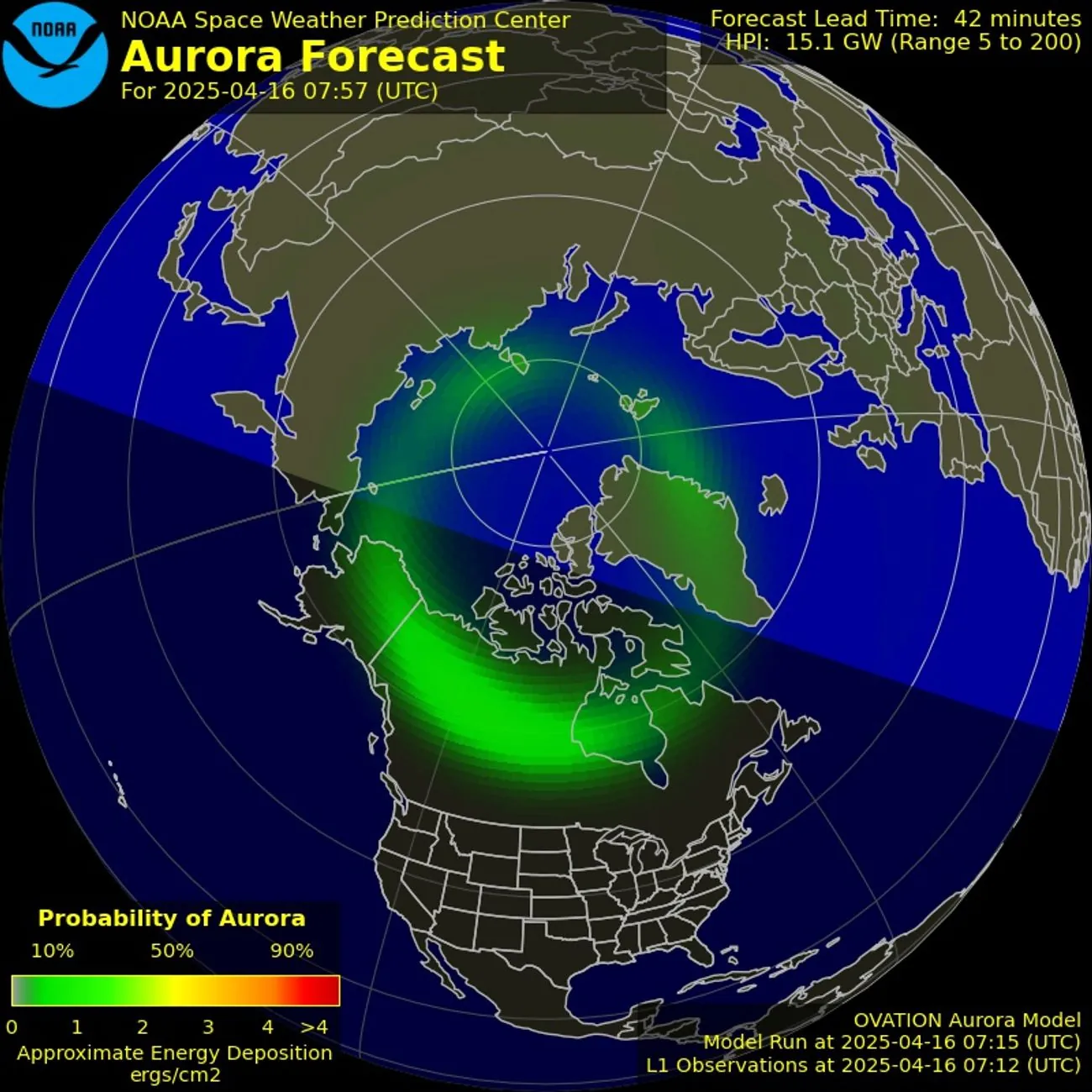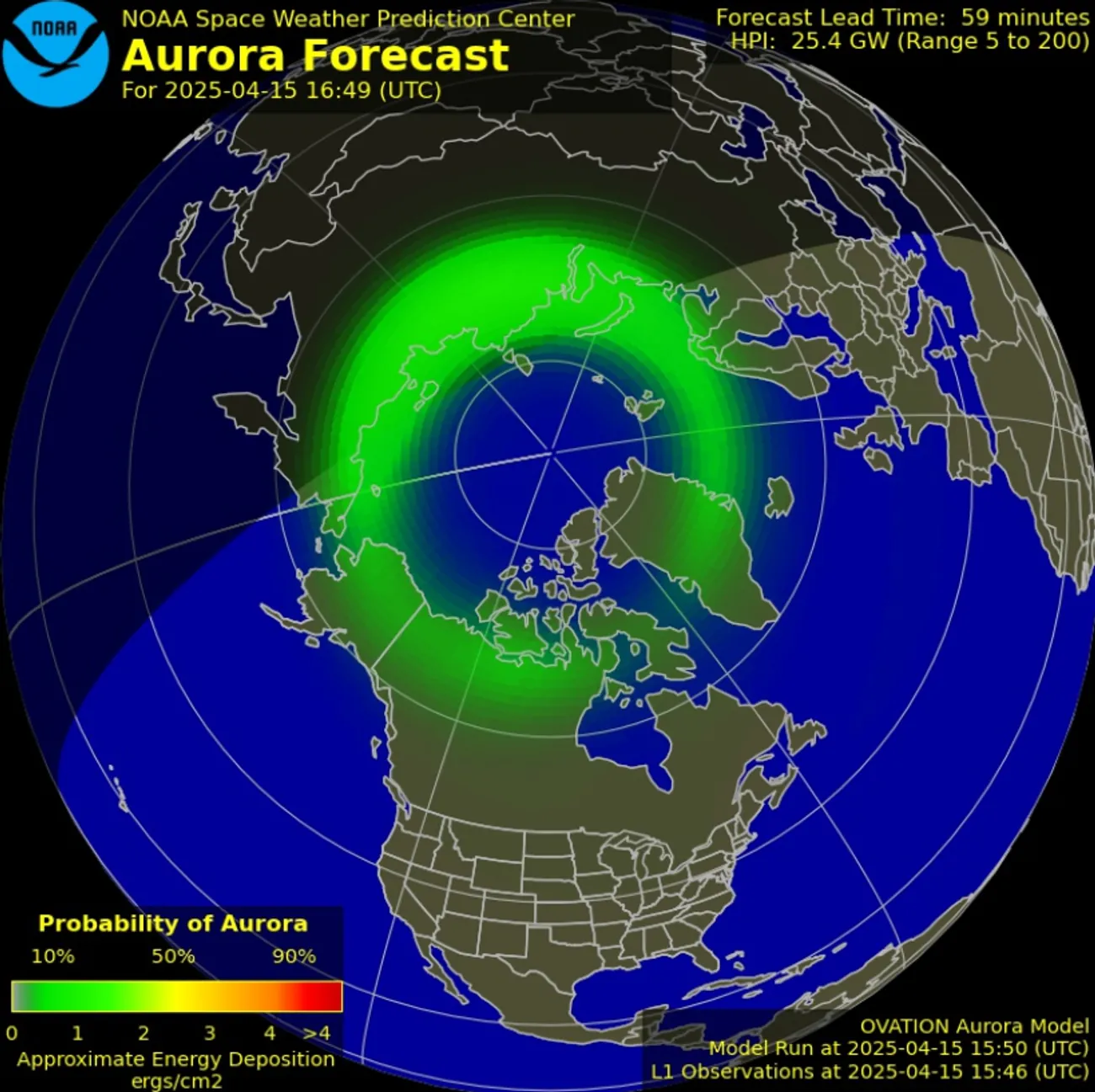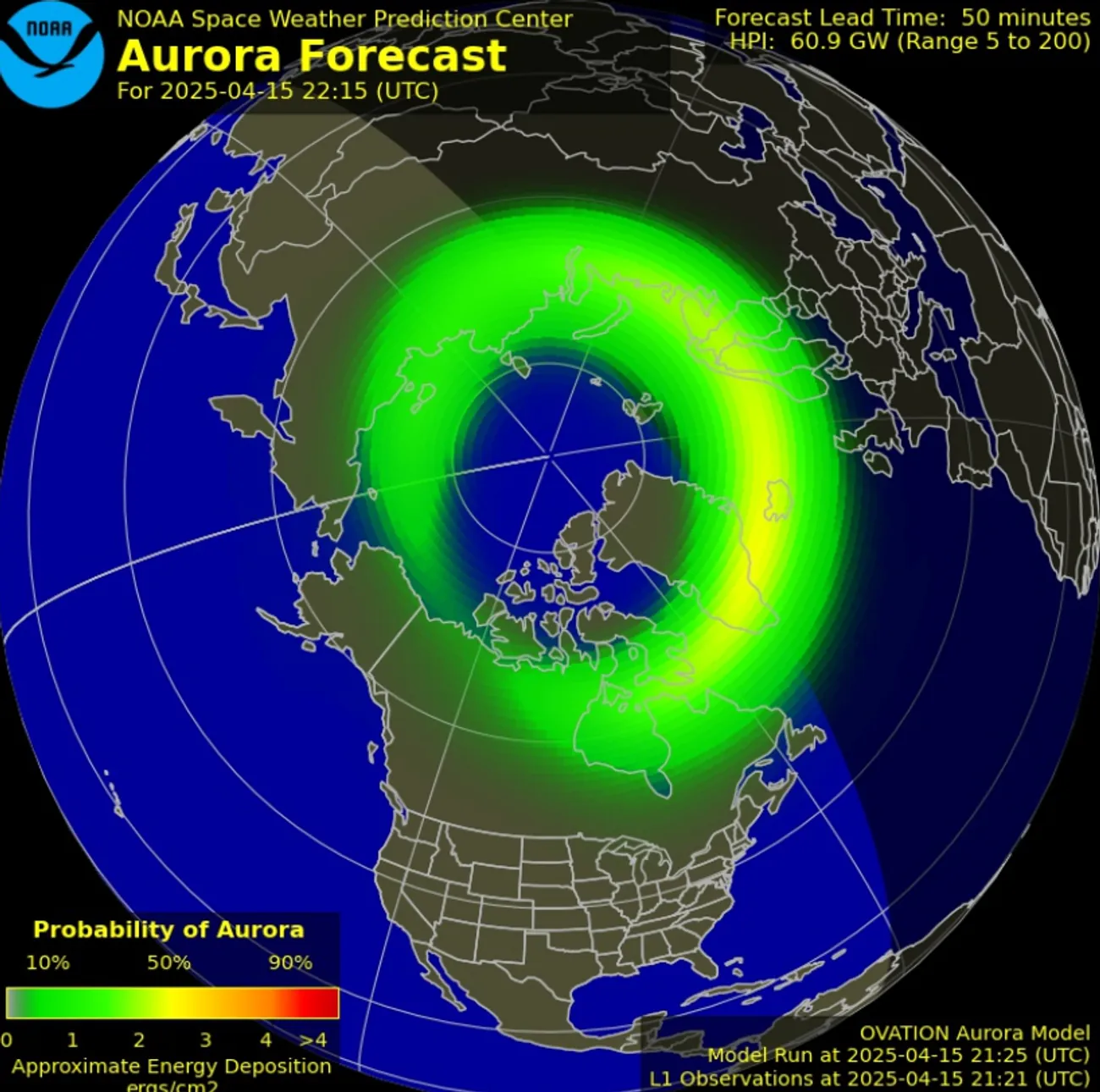A powerful solar storm caused the Northern Lights in unexpected places: what is known
Kyiv • UNN
People witnessed a rare phenomenon of the Northern Lights in unexpected places due to a solar storm. Experts predict that there will be many more auroras this year.

Colorful northern lights adorn the night sky in unexpected places, and space weather experts say there are many more auroras to come, against the backdrop of the forecast expanding on the eve due to a strong solar storm hitting Earth. This is reported by Fast Company, writes UNN.
Details
Residents, including those in the United States, were able to witness a rare phenomenon the day before: the northern lights appeared far beyond their usual regions. The reason is a powerful solar storm that reached Earth, caused by a series of coronal mass ejections from the Sun.
According to reports, this week, due to solar activity, space weather forecasting specialists issued warnings about geomagnetic storms.
According to NOAA, a G3 (strong) geomagnetic storm is possible on April 16, followed by a G1 (weak) storm on April 17. Forecast for the northern lights in the Northern Hemisphere is also valid for April 16, both in the USA and in Europe.
According to Sean Dahl of the US NOAA Space Weather Forecasting Center, the intensity of the light show depends on how the Earth's magnetic field interacts with solar flares.
The Sun is currently in the maximum phase of its 11-year activity cycle, which makes light phenomena more common and widespread. Colorful northern lights adorned the night sky in unexpected places, and space weather experts say there are many more auroras to come.
"This will continue intermittently throughout the year," Dahl said.
This is not the first time the Sun has put on a spectacular light show for Earth. Last spring, the planet experienced the most powerful geomagnetic storm in more than 20 years - the northern lights were then visible throughout almost the entire Northern Hemisphere. And already in the fall, another powerful flare blinded the sky even beyond the Arctic Circle: bright lights were observed in Germany, Great Britain, New England and New York.
Auroras, known as the northern and southern lights, are usually seen near the poles, where charged particles from the Sun interact with the Earth's atmosphere.
The Sun is currently at the peak of its 11-year activity cycle. This causes powerful magnetic disturbances that can affect space weather and increase the frequency of auroras. As a result, celestial lights are increasingly observed in regions where they were previously rare - in the depths of the United States and Europe.
Strong storms can disrupt radio and GPS communications.
According to NASA and the US National Oceanic and Atmospheric Administration, the surge in solar activity is expected to last at least until the end of this year, although the exact date of peak solar activity will only be known in a few months.


